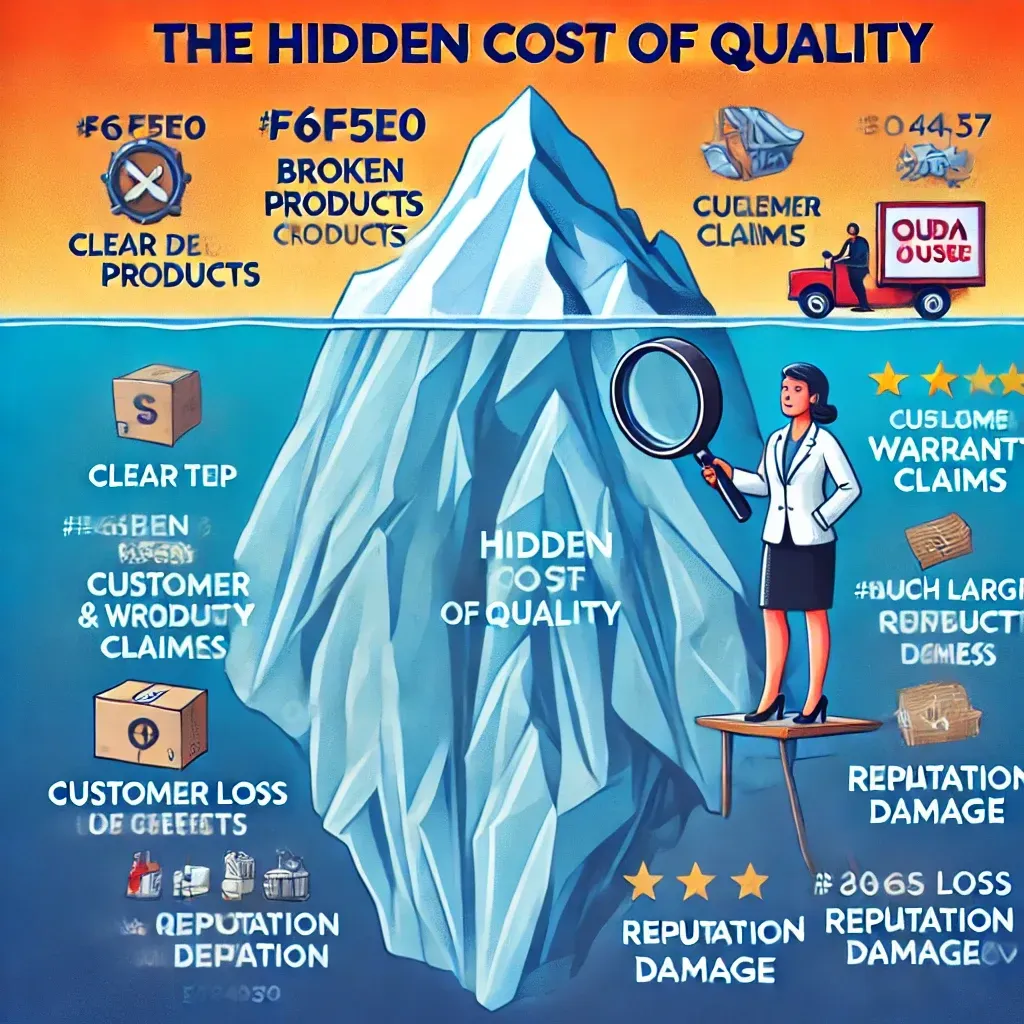FMEA and ISO 14971: A Synergistic Approach to Risk Management in the Medical Device Industry
Introduction
As a regulatory consultant in the medical device industry, one of the most frequent inquiries I receive revolves around risk management and its associated methodologies. Two key components that often come up in these discussions are Failure Modes and Effects Analysis (FMEA) and the International Organization for Standardization's (ISO) standard 14971. In this blog post, we'll explore how these two important elements interact and complement each other in the context of risk management for medical devices.
Understanding FMEA and ISO 14971
Before we delve into the interaction between FMEA and ISO 14971, let's briefly recap their respective roles in risk management for medical devices.
- Failure Modes and Effects Analysis (FMEA)
FMEA is a systematic, structured approach to identify and evaluate potential failure modes of a product or process. It helps identify the causes and effects of failures and prioritize risks based on their severity, likelihood of occurrence, and the effectiveness of the current controls in place. FMEA is a proactive and iterative process that can be applied at any stage of a product's lifecycle.
- ISO 14971: Medical devices - Application of risk management to medical devices
ISO 14971 is an internationally recognized standard that provides a framework for medical device manufacturers to manage risks throughout a device's lifecycle. It outlines a comprehensive risk management process, including risk analysis, evaluation, control, and monitoring. ISO 14971 requires manufacturers to establish, document, and maintain a risk management system, ensuring that the safety of the medical device is consistently prioritized.
The Interaction Between FMEA and ISO 14971
FMEA and ISO 14971 are not mutually exclusive; rather, they complement each other to create a more robust and comprehensive risk management system. Here's how they interact:
- FMEA as a tool within ISO 14971
ISO 14971 does not specify a particular risk analysis method, but it does require manufacturers to identify hazards, estimate risks, and evaluate the effectiveness of risk controls. FMEA is one such technique that can be employed within the ISO 14971 framework to achieve these objectives. By integrating FMEA as part of the risk analysis process, manufacturers can systematically identify and prioritize potential failure modes and their associated risks.
- FMEA supports risk control and monitoring
In addition to risk analysis, ISO 14971 emphasizes the importance of risk control and monitoring. FMEA can be used to evaluate the effectiveness of existing risk controls and identify areas for improvement. By continuously monitoring and updating FMEA data, manufacturers can ensure that the risk management process remains dynamic and responsive to changes in the device's lifecycle or external environment.
- Strengthening overall risk management
The combination of FMEA and ISO 14971 allows for a more comprehensive and structured approach to risk management. It enables manufacturers to address risks proactively, from the earliest stages of product development, and maintain an ongoing focus on risk throughout the device's lifecycle. This ultimately results in safer and more reliable medical devices, better protecting the health and well-being of patients.
Conclusion
FMEA and ISO 14971 are two essential components of a robust risk management system for medical devices. By leveraging the synergistic relationship between these methodologies, medical device manufacturers can optimize their risk management processes and ultimately create safer, more effective products. Staying up to date with the latest regulatory requirements and industry best practices is crucial for success in the ever-evolving medical device landscape.








Contact Us
תודה רבה, הטופס נשלח בהצלחה
אירעה שגיאה בהזנת הפרטים, אנא נסו שנית
פרטי התקשרות
רחוב - הכלנית 26, כפר סבא
טלפון - 054-2277887
פקס - 09-7770139
מייל - ronit@ronitsadeh.com

האתר נבנה ועוצב ע"י חברת קודנט בניית אתרים לעסקים | קידום אורגני


